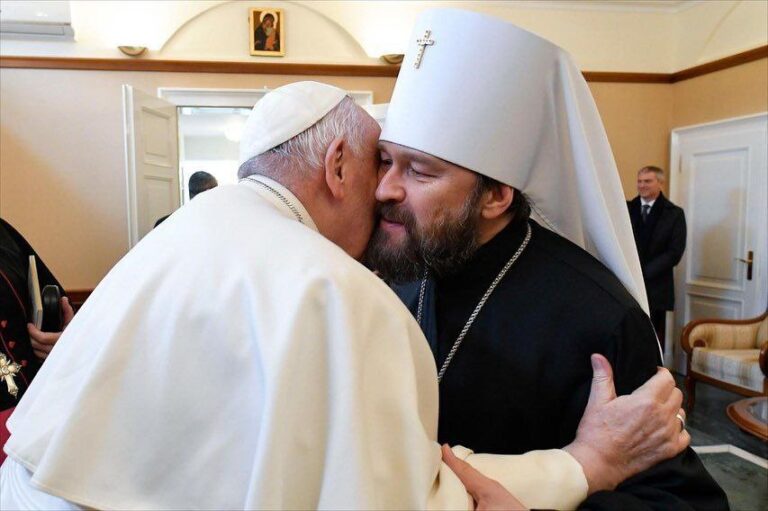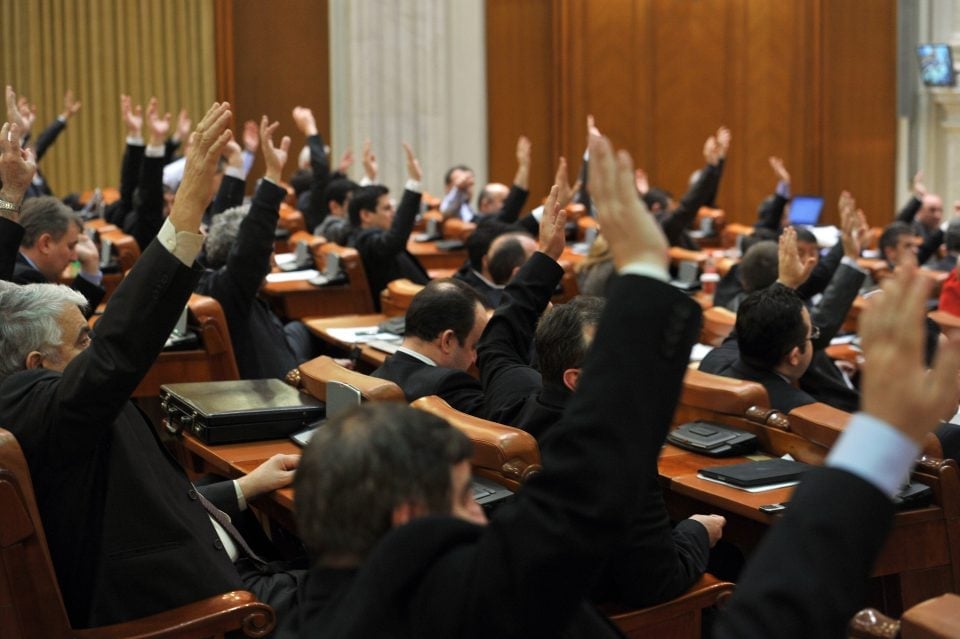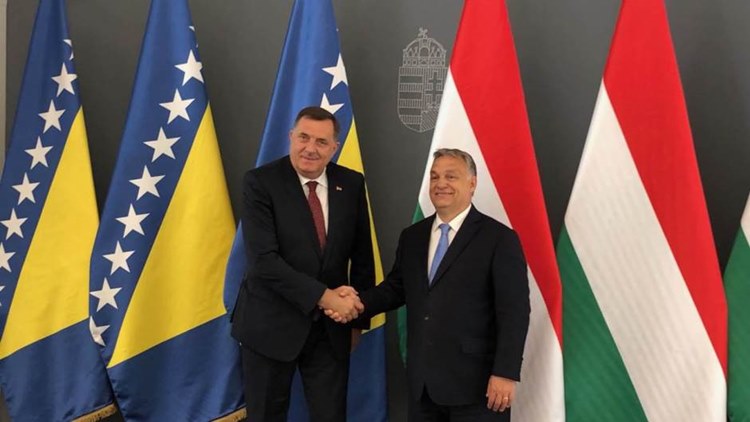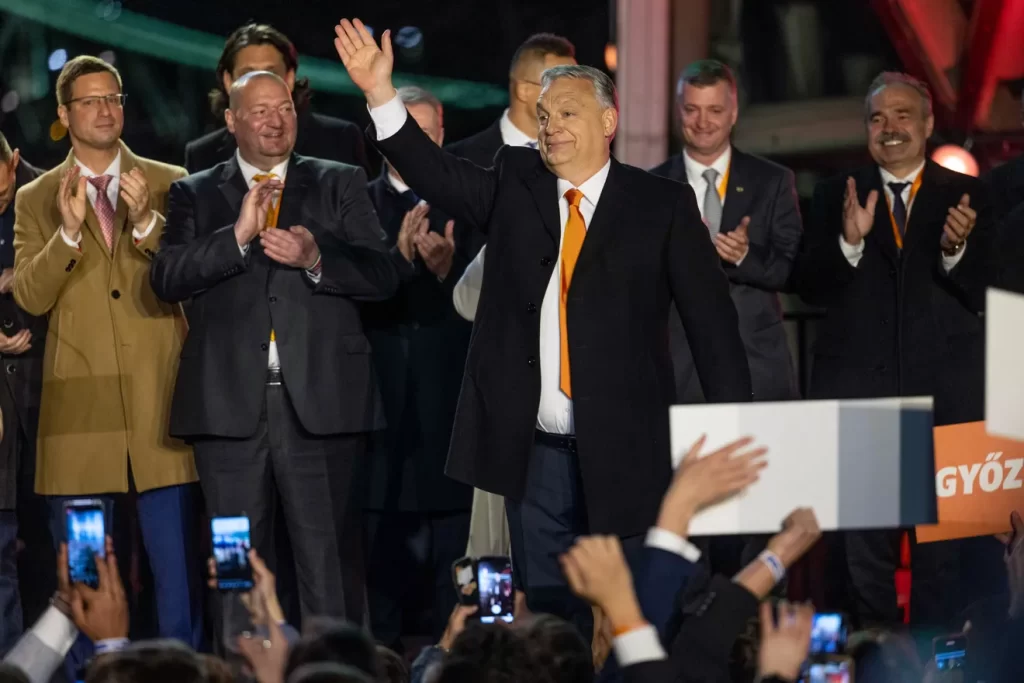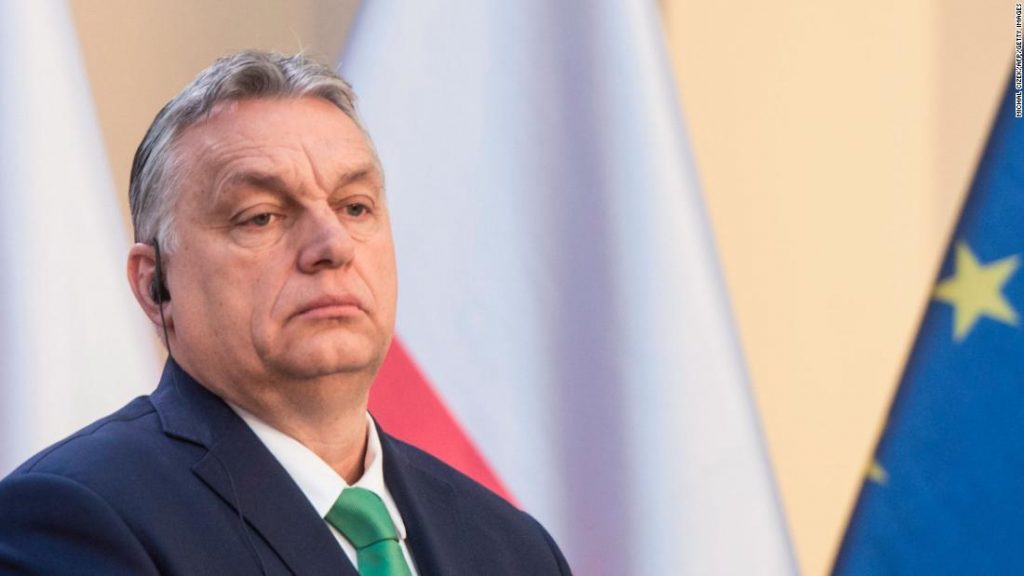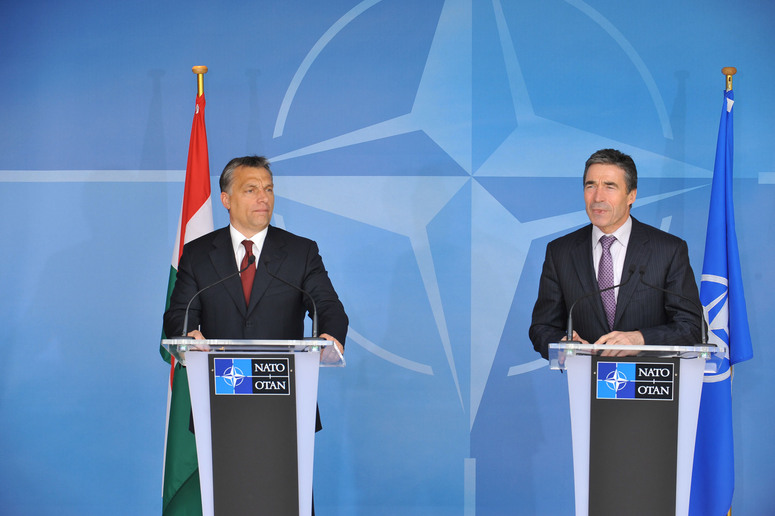The Hungarian government’s cooperation with the Kremlin may be motivated by Budapest favoring Russia’s win in the war on Ukraine.
On June 8, 2023, the Russian Orthodox Church (ROC) reported that a group of prisoners of war from Zakarpattia (Transcarpatia), a western province in Ukraine, was handed over to Hungary as part of inter-church dialogue. Russia said the group consisted of the 11 Ukrainian prisoners of war originally from Zakarpattia region bordering Hungary.
Ukrainian officials claim that the exchange initiative was never discussed with them. Hungary’s Deputy State Secretary of the Ministry of Foreign Affairs Adam Stifter, as well as the chief of the Eastern Europe Department Christina Murphy, also noted that they have no information on the subject and denounced the relevant media reports. This leads to an assumption that negotiations took place along the lines of Russian intelligence and the ROC, with limited involvement of Hungarian government officials. Although it was the Hungarian side that insisted on the handover as it became known. This leaves no doubt that the talks on the transfer of prisoners of war took place along the tracks of Russian intelligence efforts.
A number of media outlets reported that the Hungarian-Maltese Relief Service was involved in the POW transfer. However, the representative of the organization, L. Alani, denied any involvement in the transfer of POWs from Russia to Hungary.
It is known that the issue of the release of Ukrainian prisoners of war, who originally come from Zakarpattia region, was discussed during the Pope’s visit to Hungary on April 28-30 as part of inter-church dialogue. On the part of the Hungarian government, the said issue was coordinated by Vice-Prime Minister for Religious Affairs Zsolt Semjen, who is in contact with the Russian intelligence operatives deployed in Hungary.
The process of transferring prisoners of war to Ukraine bears all the signs of an active psyop as Budapest is now preparing a major press conference with their participation, where the issues of mobilization, military service, and captivity would be discussed. The goal is to compromise the Ukrainian military command and political leaders, and criticize the ongoing military draft. If these issues are brought up at the event, this will ultimately confirm that the stunt is part of a sophisticated intelligence operation by Russia.
According to our sources, the Pope’s visit to Hungary included a non-public contact with the Russian side through Metropolitan Hilarion (Alfeyev) of Budapest and Hungary, whom RLI analysts in October 2022 identified as a mediator between Russia and the Hungarian government.
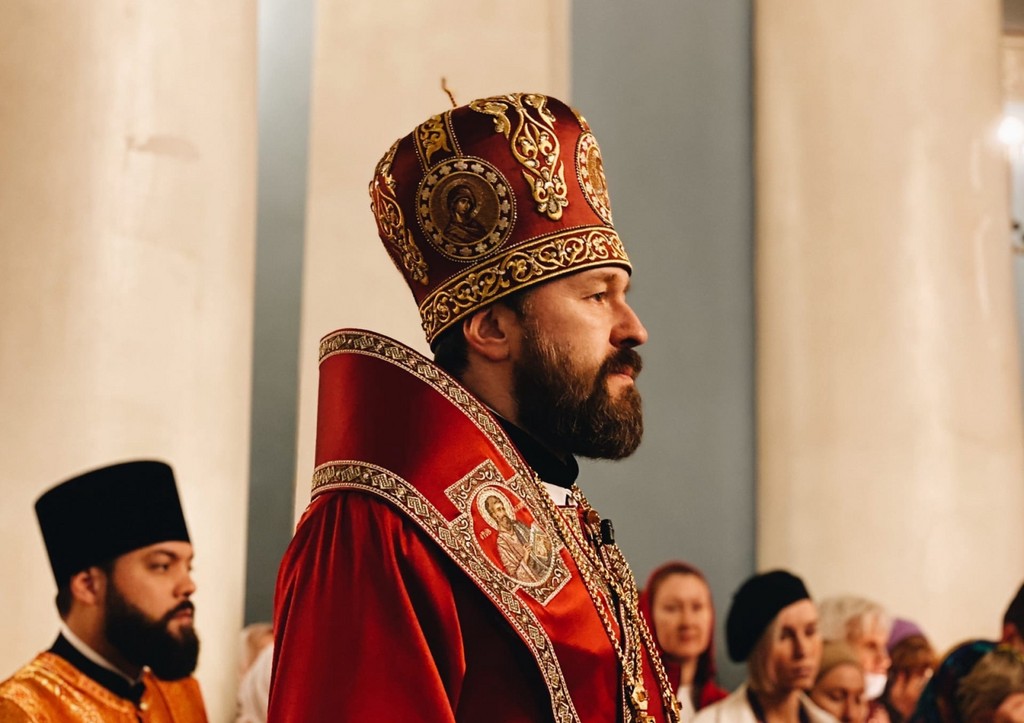
Read also: Church: lobbying channels for Russia
Hilarion previously headed the ROC’s external church relations department. He was rather active in the media space and also close to the ROC Primate, Patriarch Kirill. Alfeyev was seen as the successor to the patriarchal throne. It was also due to his personal efforts that the EU decision to impose sanctions on Kirill was effectively blocked. The ROC offers a stable communication channel between the Vatican and Kremlin. It has likely become more active lately under the pretext of Roman Catholic Church’s mediation efforts, but with the view of running certain intelligence operations.
Obviously, the ambiguous position of the Vatican regarding Russia’s aggression in Ukraine with hints at certain U.S. interests (mirroring the Kremlin’s official position) was formed including due to the Kremlin’s communication channels involving the Russian Orthodox Church. According to our estimates, the tasks of setting up and maintaining this church channel are handled by Russia’s Foreign Intelligence Service (SVR).
The purpose of the said psyop is to support Hungary’s territorial claims on the region of Zakarpattia (Transcarpatia) in the western part of Ukraine. This indirectly confirms the suggestion that before Russia’s large-scale invasion of Ukraine in February 2022, Budapest could receive guarantees from the Kremlin that the region would eventually be handed to Hungary. This explains the fact that Hungary moved convoys of military equipment toward the border with Ukraine on February 23, 2022. Thus, Budapest may be, in fact, interested in a Russia prevailing in the war with Ukraine, which would provide the Orbán government with opportunities for territorial expansion and, as a result, an raise make himself and his force even more popular among nationalist voters who support Hungary’s restoration within the borders of the Treaty of Trianon.
The handover by Hungary of the Ukrainian prisoners of war originally from Zakarpattia is expected to improve Budapest’s image in the region, which has suffered significantly as a result of the Viktor Orbán government’s support for Russia and the blocking of EU and NATO decisions in support of Ukraine. The participation of the Russian Orthodox Church in the operation should also improve its position in Ukraine, especially in Zakarpattia, where a branch of the Russian Orthodox Church operating under the brand name of the “Ukrainian Orthodox Church” was banned by local authorities as a threat to the national security.
In the last two years, the topic of territorial claims to Ukraine has been supervised by Russia’s Foreign Intelligence Service. Its chief, Sergei Naryshkin, personally partook an at least one of the latest psyops aimed at undermining trust in Ukraine authorities among their international partners, in particular Poland, which the SVR boss alleged was supposed to snatch Lviv region in the western part of Ukraine. Thus, the transfer of Ukrainian prisoners of war through Hungary allows Moscow to partially balance the criticism Budapest is facing over protecting Moscow’s interests in the war against Ukraine, and at the same time – to provide Hungary with certain grounds for demonstrating its “protective” influence over Zakarpattia and intensifying their media, political, and social presence in the region.This case demonstrates how Moscow involves the Russian Orthodox Church in intelligence missions to exploit its church channels to pursue influence operations, playing the interests of other denominations.


